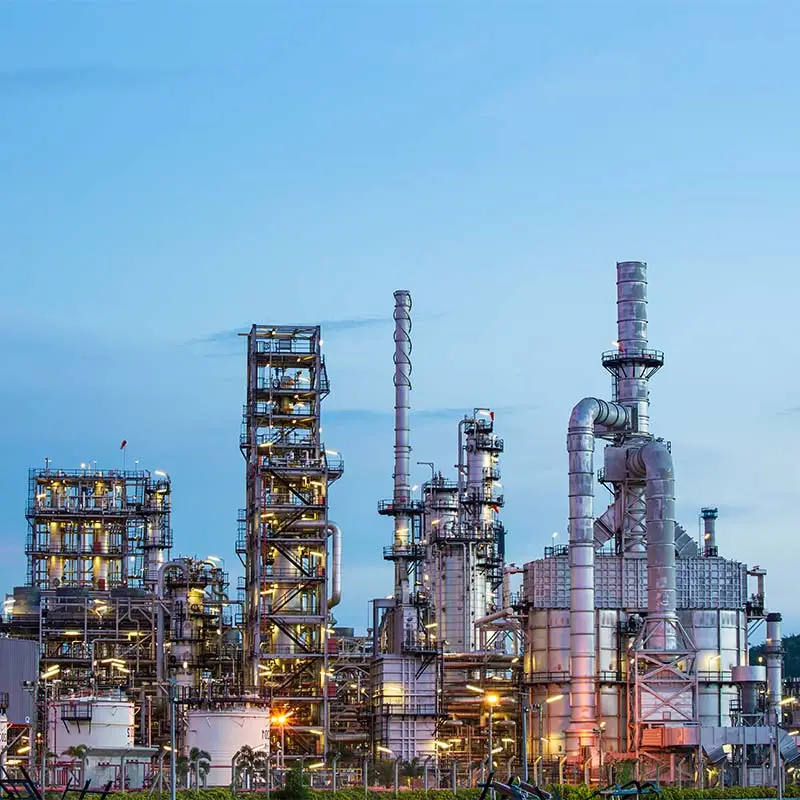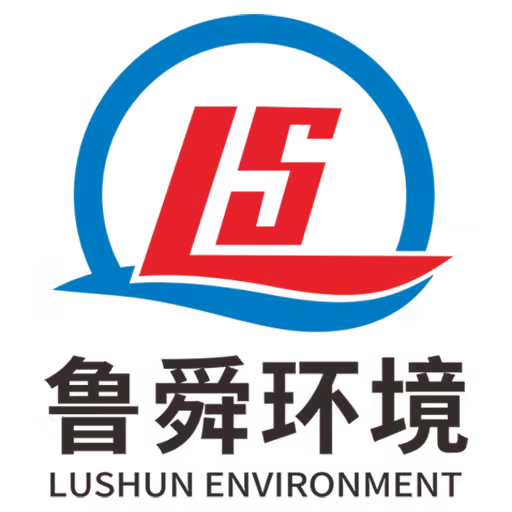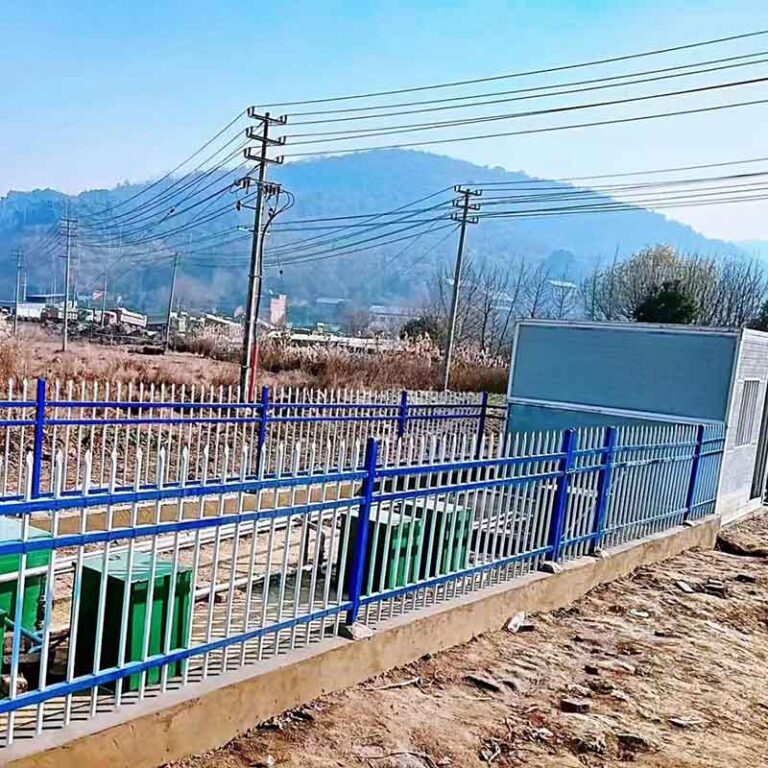Welcome to My Blog! 🌟
I’m so glad you’re here! Before we jump into the exciting content, I’d love for you to connect with me on my social media platforms. It’s where I share extra insights, interact with our amazing community, and post regular updates. Here’s how you can join the conversation:
📘 Facebook: Follow me on Facebook for more updates
Now, let’s dive into the journey ahead. I hope you find everything here both engaging and valuable. Together, let’s explore, learn, and grow! 🚀
Table of Contents
Introduction

City sewage is a cornerstone of urban infrastructure, yet it is often overlooked until a problem arises. As populations grow and urbanization accelerates, the challenges facing city sewage systems have escalated in both complexity and urgency. Once designed for smaller, slower-growing cities, these systems are now pushed beyond their intended limits, exposing residents to environmental, health, and economic risks.
From aging pipes and overburdened treatment facilities to contamination and illegal dumping, city sewage systems are vulnerable in more ways than one. While the infrastructure operates mostly out of sight, the consequences of neglecting its maintenance and modernization are increasingly visible. In this blog, we’ll examine five critical risks affecting city sewage systems today and explore how cities can mitigate them through better planning, technology, and awareness.
This article provides an in-depth look into each of these risks while offering a comprehensive view of the broader impact city sewage can have on health, environment, and urban development. A detailed table and FAQ section are also included for quick reference and clarification.
Risk 1: Aging Infrastructure in City Sewage Systems
One of the most pressing risks facing city sewage systems today is the rapid deterioration of aging infrastructure. In cities across Europe, North America, and parts of Asia, many sewage pipelines and treatment networks were constructed more than 50 to even 100 years ago. While these systems may have been state-of-the-art when first installed, they were never intended to handle the scale, volume, and diversity of waste that modern urban living generates today.
In particular, rapid population growth, industrial wastewater, the use of synthetic chemicals, and climate-related challenges have pushed these old systems beyond their limits. Instead of flowing efficiently, waste and water frequently encounter resistance due to narrowing pipes, mineral deposits, and outdated layouts that no longer align with city expansion.
Problems Caused by Aging Pipes:
- Frequent Blockages: Over decades, mineral buildup, sediment, and grease accumulate within pipes, drastically reducing flow efficiency and increasing the likelihood of blockages.
- Corrosion and Structural Weakness: Materials like cast iron, clay, and even early concrete degrade over time. Corroded interiors not only impede water flow but can collapse unexpectedly.
- Overflow During Rainfall: With limited capacity and weak joints, older pipes tend to overflow when exposed to high water volumes, especially during storms.
- Cross-Contamination: In some cases, corroded city sewage pipes lie dangerously close to potable water lines. Even a small leak or break can cause untreated sewage to contaminate drinking supplies, posing a serious public health threat.
In older districts, especially those with clay or cast iron piping, pipe bursts and system leaks have become routine maintenance concerns. These issues not only lead to repair costs but also raise the risk of exposure to untreated sewage.
As pipes decay, they lose structural integrity and are more susceptible to collapse under high flow conditions. In many cities, replacement efforts are sporadic or underfunded, resulting in a backlog of deferred upgrades.
Risk 2: Overflow and Flooding Due to Overcapacity
City sewage systems are often overwhelmed during periods of intense rainfall or snowmelt. Most traditional sewer systems were built as combined systems, meaning they handle both stormwater and sewage in the same network. While efficient in dry weather, these systems can become hazardous during storms.
Overflow Risks:
- Release of untreated sewage into rivers and oceans
- Damage to homes and businesses due to flooding
- Increased pest and disease outbreaks
- Contamination of public recreational areas
Excessive rainwater increases pressure on city sewage networks, forcing untreated water out through manholes or directly into the environment. This leads to environmental degradation and public health emergencies, especially in low-lying or coastal cities.
Risk 3: Contamination of Natural Water Sources

City sewage can become a source of major environmental pollution if it is not effectively treated or managed. Incomplete treatment or leaks can allow waste to enter groundwater, rivers, and lakes. This is especially true in regions where outdated sewage treatment plants are still in operation.
Common Contaminants:
- Pathogens like E. coli and Salmonella
- Heavy metals such as lead and mercury
- Pharmaceutical residues
- Excess nitrogen and phosphorus
Water contamination poses serious risks to aquatic ecosystems, leading to dead zones and toxic algal blooms. For humans, it raises the risk of contracting waterborne diseases through direct contact or consumption.
Risk 4: Illegal Dumping and Industrial Waste Mismanagement
Another risk to the integrity of city sewage systems is the improper disposal of industrial or hazardous waste. Factories and commercial establishments sometimes dispose of chemicals or oils through the sewer system to cut costs, especially in areas with weak regulatory enforcement.
Impacts of Illegal Dumping:
- Clogs in sewer pipelines
- Corrosion and breakdown of treatment facility equipment
- Increased treatment costs
- Long-term contamination of the sewage sludge
Wastewater plants are often not equipped to filter out certain industrial chemicals, which then pass through the system untreated. This causes long-term damage to the receiving bodies of water and raises the cost of sewage management considerably.
Risk 5: Insufficient Investment and Policy Enforcement
Despite the critical role it plays, city sewage management often receives insufficient funding and attention from local governments. Budget constraints, bureaucratic delays, and lack of public awareness contribute to underinvestment in critical upgrades.
Consequences of Poor Policy Support:
- Delayed modernization of treatment facilities
- Lack of emergency overflow controls
- Weak inspection regimes
- Absence of public education programs
Sewage infrastructure is one of the least visible yet most essential parts of a city. Without regular investment and strong policy enforcement, the risk of catastrophic failure becomes increasingly likely, especially under stress from climate change or urban expansion.
Comparative Overview of Major City Sewage Risks
The following table summarizes the five critical risks and their primary impacts:
| Risk Factor | Description | Main Impact Areas |
|---|---|---|
| Aging Infrastructure | Outdated pipes and components unable to handle modern loads | Breakdowns, contamination, maintenance cost |
| Overflow and Flooding | Excess rainwater exceeds system capacity | Floods, untreated discharge, health risks |
| Natural Water Source Contamination | Leakage or insufficient treatment polluting rivers and aquifers | Environmental damage, disease outbreaks |
| Illegal Dumping | Unauthorized disposal of industrial waste into sewer systems | Equipment damage, hazardous pollution |
| Lack of Investment | Underfunded sewage infrastructure and lax policy enforcement | Delays, inefficiency, regulatory violations |
Solutions and Mitigation Strategies for City Sewage Risks

To tackle these five major risks, cities must implement integrated and long-term strategies. Key solutions include:
- Infrastructure Modernization: Upgrade aging sewer lines with modern materials like HDPE or reinforced concrete.
- Smart Monitoring: Use IoT-based sensors to detect blockages, flow rates, and contamination in real-time.
- Green Infrastructure: Construct rain gardens and permeable pavements to manage stormwater naturally.
- Public Awareness Campaigns: Educate residents and industries on proper waste disposal practices.
- Policy and Regulation: Enforce strict environmental laws and ensure consistent government investment.
Incorporating these solutions not only improves system reliability but also enhances public health, environmental sustainability, and overall quality of life.
Conclusion
The risks associated with city sewage are no longer theoretical—they are real, widespread, and growing. Without immediate action, these risks can spiral into large-scale public health crises and environmental disasters. By acknowledging the challenges and investing in practical, scalable solutions, urban centers can transform their sewage systems from liabilities into resilient assets.
City sewage is one of the most crucial, yet least visible, elements of a functioning society. Proactive planning, modern technology, and responsible governance are essential to address the five critical risks outlined in this article. Municipal authorities, industry leaders, and residents must work together to build sewage systems that are ready for the demands of the future.
FAQ
What is city sewage and why is it important?
City sewage refers to the system of pipes, treatment plants, and infrastructure used to transport and process wastewater from homes, businesses, and industries. It is vital for public health, sanitation, and environmental protection.
What causes city sewage overflow?
Overflow typically occurs when the volume of water—often due to rain or snowmelt—exceeds the capacity of the sewer system, leading to the discharge of untreated sewage into streets or waterways.
How can city sewage impact human health?
Improperly treated or overflowing sewage can spread pathogens that cause gastrointestinal diseases, skin infections, and respiratory problems, especially in vulnerable populations.
Can city sewage systems be upgraded easily?
Upgrading systems can be complex and costly, but phased modernization, use of smart technology, and policy support can make the process manageable and cost-effective over time.
What role do citizens play in maintaining city sewage health?
Citizens can help by avoiding disposal of fats, oils, and chemicals into drains, reporting leaks or blockages, and supporting public policies aimed at improving sewage infrastructure.






